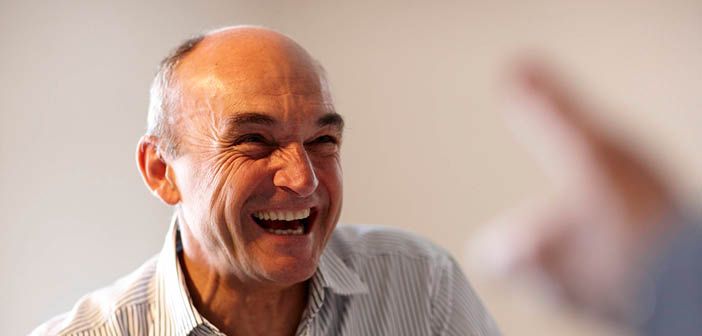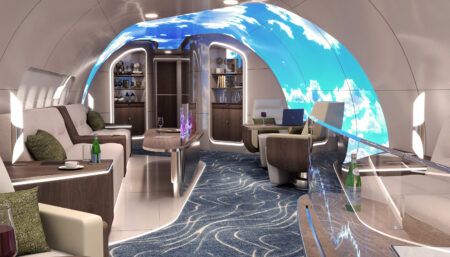Jacques Pierrejean discusses the role of light in business jet interior design
The lighting concept is a major contributor to the general atmosphere on a business jet, and should be created at a very early stage in the interior design process, if not with the first layout. Light has a dramatic visual impact on the aircraft’s architecture, and can be used to enhance passengers’ perception of the cabin. For the best results, the intensity and colour of the lighting should be thought through in association with the rest of the cabin aesthetic and materials.
RGB technology has allowed flexibility in using indirect light sources. Less direct lighting – for example using ceiling spots and surround lighting – provides a much more natural atmosphere and enhances the feeling of space and comfort.
Emotional and sensitive moodlighting – creating ambiences evoking such states as dawn, daytime, sunset and night – enables designers to personalise every moment of life on board, and improve passengers’ well-being. The impact of light on health is real; good moodlighting should provide confidence and comfort to passengers.
Moodlighting is like a painter’s palette, offering an extraordinary choice of colour combinations. The danger is that some may go too far – it is possible to create effects that are too harsh, or slightly aggressive.
My personal feeling is that we should avoid using moodlighting scenarios that contrast too much with each other, and beware of non-fluid transitions between sequences. A natural approach is what we are aiming for – with softly progressive intensities or colour combinations that are hardly noticeable but totally adapted to the passengers’ various activities (working, dining, socialising, relaxing, sleeping, etc). A good balance of direct and indirect lighting enables designers to sculpt the light.
The feel of very white natural light is also different in the sky than it is on the ground, and this has an influence on the colour itself, so it should be taken into account.
Designers also need to think about how the light is controlled. We need to avoid making it too complicated, with too many buttons, and make things as easy as possible for the crew to handle.
The role of light designer can be hard at times, but the results can be fabulous!
Jacques Pierrejean is principal of Pierrejean Design Studio.





